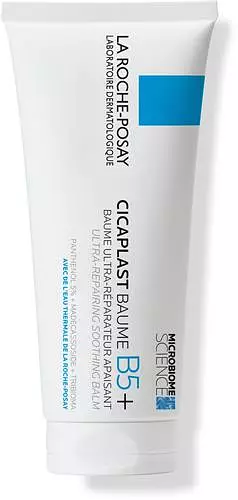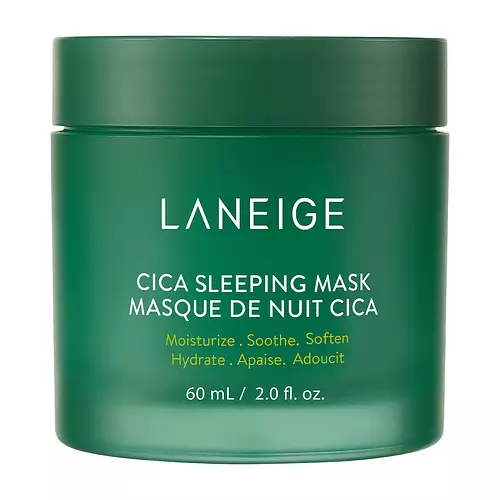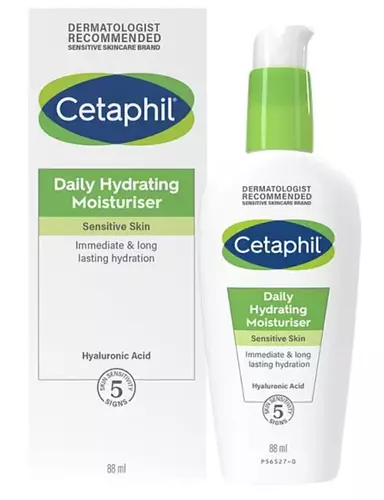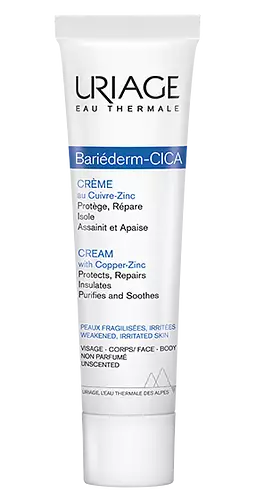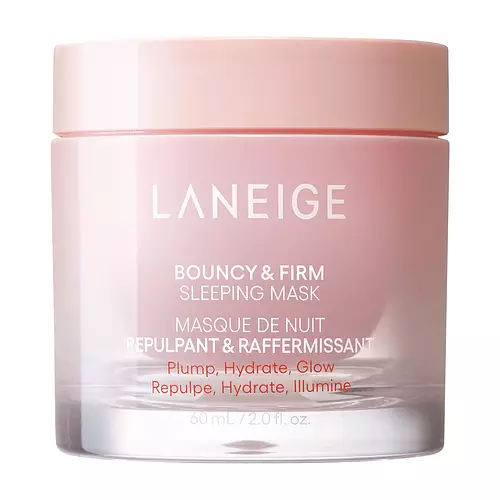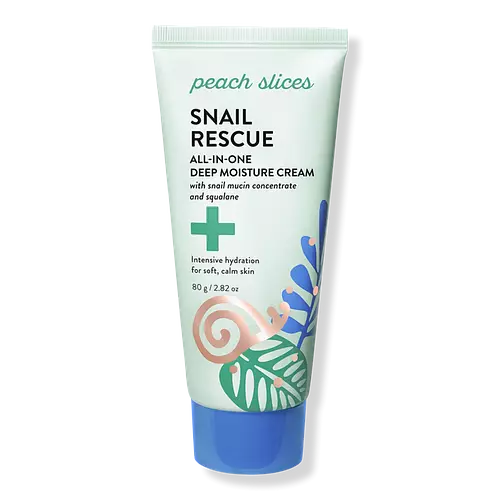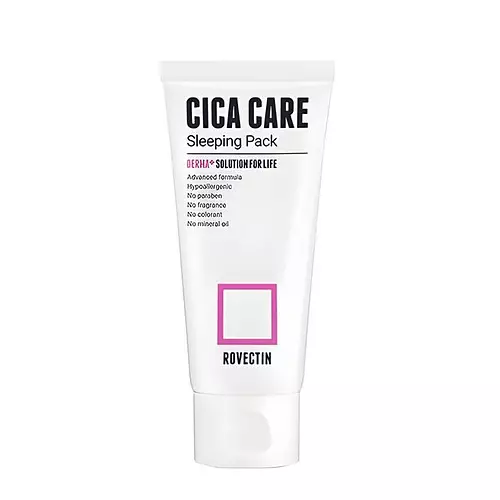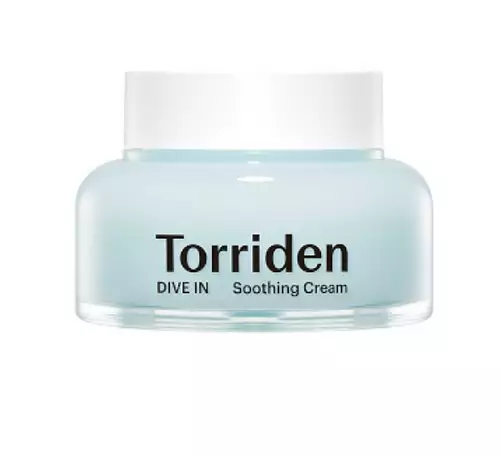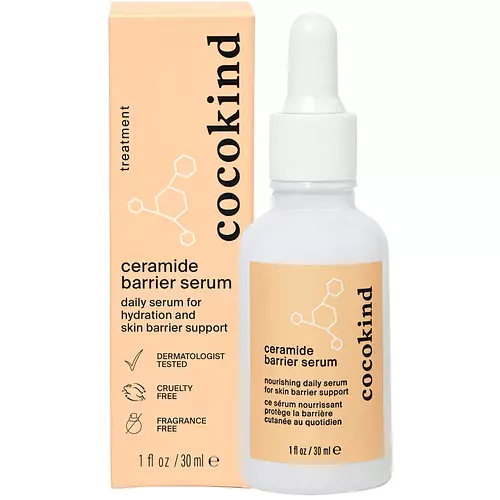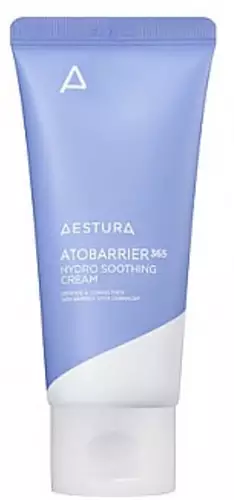La Roche-Posay Cicaplast Baume B5+ - Europe Versus Laneige Cica Sleeping Mask
Updated on February 14, 2024
Overview
What they are
These products are both reef safe . They have a total of 6 ingredients in common
Cool Features
They both contain Vitamin E
Suited For
They're both likely to be good for dry skin, brightening skin and sensitive skin
Free From
They both do not contain any harsh alcohols, common allergens or parabens
We independently verify ingredients, and our claims are backed by peer-reviewed research. Spot a product that needs an update? Let us know.
Ingredient Info
La Roche-Posay Cicaplast Baume B5+ 33 ingredients
Laneige Cica Sleeping Mask 28 ingredients
At a glance
Click on any of the items below to learn more
La Roche-Posay Cicaplast Baume B5+ 33 ingredients
Laneige Cica Sleeping Mask 28 ingredients
Notable Ingredients
This product contains 1 ingredient that may have this attribute:
This product contains 2 ingredients that may have this attribute:
Benefits
This product contains 2 ingredients that may have this attribute:
This product contains 1 ingredient that may have this attribute:
This product contains 2 ingredients that may have this attribute:
This product contains 2 ingredients that may have this attribute:
Concerns
This product contains 1 ingredient that may have this attribute:
This product contains 1 ingredient that may have this attribute:
This product contains 1 ingredient that may have this attribute:
Notable Ingredients
This product contains 1 ingredient that may have this attribute:
Benefits
This product contains 3 ingredients that may have this attribute:
This product contains 1 ingredient that may have this attribute:
This product contains 1 ingredient that may have this attribute:
This product contains 2 ingredients that may have this attribute:
Concerns
This product contains 2 ingredients that may have this attribute:
This product contains 1 ingredient that may have this attribute:
Ingredients Side-by-side
Ingredients Explained
These ingredients are found in both products.
Ingredients higher up in an ingredient list are typically present in a larger amount.
Glycerin is already naturally found in your skin. It helps moisturize and protect your skin.
A study from 2016 found glycerin to be more effective as a humectant than AHAs and hyaluronic acid.
As a humectant, it helps the skin stay hydrated by pulling moisture to your skin. The low molecular weight of glycerin allows it to pull moisture into the deeper layers of your skin.
Hydrated skin improves your skin barrier; Your skin barrier helps protect against irritants and bacteria.
Glycerin has also been found to have antimicrobial and antiviral properties. Due to these properties, glycerin is often used in wound and burn treatments.
In cosmetics, glycerin is usually derived from plants such as soybean or palm. However, it can also be sourced from animals, such as tallow or animal fat.
This ingredient is organic, colorless, odorless, and non-toxic.
Glycerin is the name for this ingredient in American English. British English uses Glycerol/Glycerine.
Learn more about GlycerinButyrospermum Parkii Butter is a plant lipid from the fruit of the Shea Tree. It is an effective skin hydrator and emollient.
Emollients help soothe and soften your skin. It does this by creating a protective film on your skin. This barrier helps trap moisture and keeps your skin hydrated. Emollients may be effective at treating dry or itchy skin.
Shea butter is rich in antioxidants. Antioxidants help fight free-radicals, or molecules that may harm the body. It is also full of fatty acids including stearic acid and linoleic acid. These acids help replenish the skin and keep skin moisturized.
While Shea Butter has an SPF rating of about 3-4, it is not a sunscreen replacement.
Shea butter may not be fungal acne safe. We recommend speaking with a professional if you have any concerns.
Learn more about Butyrospermum Parkii ButterPanthenol is a common ingredient that helps hydrate and soothe the skin. It can be found naturally in our skin and hair.
This ingredient is also referred to as pro-vitamin B5 or dexpanthenol in dermatology.
Panthenol is famous due to its ability to go deeper into the skin's layers. Using this ingredient has numerous pros (and no cons):
Like hyaluronic acid, panthenol is a humectant. Humectants are able to bind and hold large amounts of water to keep skin hydrated.
Once oxidized, panthenol converts to pantothenic acid. Panthothenic acid is found in all living cells.
Learn more about PanthenolPropanediol helps absorb ingredients into your skin, boosting their benefits. It can act as an emollient, making your skin softer. Propanediol can help products last longer by boosting the properties of preservatives within the formulation.
Propanediol is not likely to cause sensitivity and considered safe to use.
It is derived from corn or petroleum with a clear color and no scent.
Learn more about PropanediolButylene Glycol (or BG) is used within cosmetic products for a few different reasons:
- It is a solvent, meaning that it helps to dissolve other ingredients. This also enhances the absorption of the product into one's skin.
- It is a humectant, which means that it helps attract moisture into the skin.
- It helps improve product application.
Overall, Butylene Glycol is a safe and well-rounded ingredient. It is unlikely to irritate skin, and works well with pretty much all other ingredients.
Tocopherol (also known as Vitamin E) is a common antioxidant used to help protect the skin from free-radicals and strengthen the skin barrier. It's also fat soluble - this means our skin is great at absorbing it.
Vitamin E also helps keep your natural skin lipids healthy. Your lipid skin barrier naturally consists of lipids, ceramides, and fatty acids. Vitamin E offers extra protection for your skin’s lipid barrier, keeping your skin healthy and nourished.
Another benefit is a bit of UV protection. Vitamin E helps reduce the damage caused by UVB rays. (It should not replace your sunscreen). Combining it with Vitamin C can decrease sunburned cells and hyperpigmentation after UV exposure.
You might have noticed Vitamin E + C often paired together. This is because it is great at stabilizing Vitamin C. Using the two together helps increase the effectiveness of both ingredients.
There are often claims that Vitamin E can reduce/prevent scarring, but these claims haven't been confirmed by scientific research.
Learn more about TocopherolIngredient Ratings
Here's what our community thinks of the ingredients in these products.
When to use
La Roche-Posay Cicaplast Baume B5+ 33 ingredients
Laneige Cica Sleeping Mask 28 ingredients

Reviews
Here's what our community thinks
La Roche-Posay Cicaplast Baume B5+ 33 ingredients
Schadua
Because I have dry, sensitive skin, and due to all the ads, I thought this would be my favorite cream. However, this cream caused me the biggest...
Because I have dry, sensitive skin, and due to all the ads, I thought this would be my favorite cream. However, this cream caused me the biggest breakout ever. I got cystic acne, fungal acne, and it clogged pores. I wouldn’t recommend it for those with acne-prone skin. Maybe it’s good for others, but that’s just my opinion on the product. If it works for you, keep using it.
Laneige Cica Sleeping Mask 28 ingredients
CarinaAndrews
Feels very hydrating and makes my skin look glowy the next day, but if I use it more that once a week or so, I do get some irritation. But I'm a...
Feels very hydrating and makes my skin look glowy the next day, but if I use it more that once a week or so, I do get some irritation. But I'm a very sensitive girlie
frostshine13
If there is one product on my shelf that I can count on to step in and do the heavy lifting when I have messed up, it is absolutely this one. I...
If there is one product on my shelf that I can count on to step in and do the heavy lifting when I have messed up, it is absolutely this one. I have had several instances of messing up my skin barrier, which would result in breakouts, redness and/or irritation, but using the Laneige Cica Sleeping Mask overnight results in noticeable lessening of the issues.
It has a noticeable piney scent, and while I quite enjoy it, other people might find it to be too much. In my experience it does lessen quite a bit post application. I usually apply a generous amount an hour or so before sleep, so that it has enough time to sink into the skin properly. It will leave a slight film/residue-like situation that will need to be washed off in the morning, but as I usually wash with a cleanser anyway, I don't find it bothersome.
I tend to use it anywhere from once/twice a week at most to a couple of times a month when I need something reliable that can work overtime to fix what I broke.
